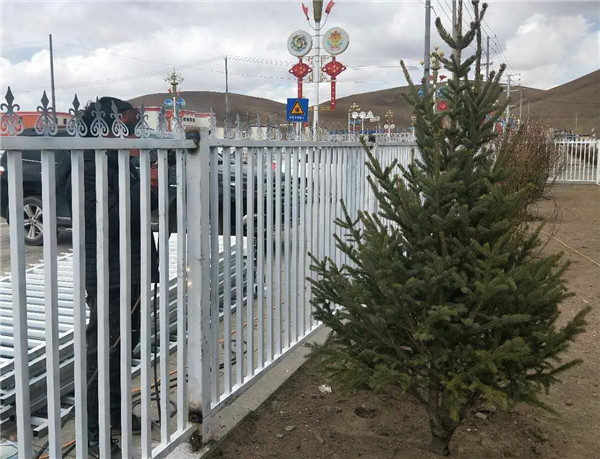City in Tibet was treeless, but no more
Updated: 2018-05-10 (China Daily)
 Print
Print





Newly planted trees on Nagchu's Zhejiang West Road. PROVIDED TO CHINA DAILY
Official says 98 percent of new trees survive despite harsh climate
Garma Rinchen didn't see trees until he was 15, when his father took him to visit Lhasa, capital of the Tibet autonomous region.
"When my father pointed out the bus window at the green trees and explained what they were, I was amazed - as if the air was sweeter and cleaner. I wondered when my hometown would get trees," said Garma Rinchen, 53.
He comes from Nagchu, Tibet, China's sole treeless city. At an average altitude of 4,500 meters and with frequent extreme cold, the city knows only blizzards and frozen ground from October to May. Migmar Tsering, head of the Nagchu Forestry Bureau, said the growing season for plants is May to August, and the natural conditions are difficult.
However, Garma Rinchen's teenage wish came true: The city recently planted some alpine trees, which can survive the extreme weather, along a 1,200-meter street in downtown Nagchu.
Some 600 trees were planted - 20 species, including spruce and sea buckthorn, which were selected because of their resistance to cold, drought and alkaline soil - according to Migmar Tsering.
"It is the first time that we have grown plants for green space on city streets," he said. "It is a 'green' gift for local residents."
He added that the launch is also a celebration of the historic day when Nagchu was officially upgraded from a prefecture to a city. That was on Monday.
Garma Rinchen described the scene: "The day they planted trees along the street, people gathered, feeling both surprised and curious. The green is pleasing and enjoyable for us. I also like to take my two daughters there."
Although the plantings end Nagchu's dubious honor of being the country's lone treeless city, residents worry about the survival of the trees in harsh winters, said Garma Rinchen. "Some elders even pray for these precious plants to have long lives," he said.
Migmar Tsering said, "To bring some green to the life of locals involves years of effort from many scientists and foresters. Since 2008, we have planted about 300 trial trees, and they have grown from about 1 meter to 3 meters, with a survival rate of 98 percent.
"One secret is the soil, which is a mixture of several kinds of soil in a certain proportion, including alpine meadow soil, nutrient soil, sand and fermented sheep manure."
The forestry bureau also hired 20 people from poverty-stricken households to take care of the newly planted trees.
One of them, Achong, moved to Nagchu in February for a job with the trees.
"When I heard of the project, I applied for the vacancy. It is a glorious job," he said.








